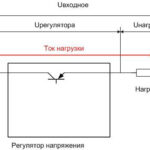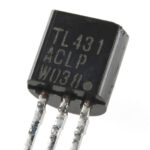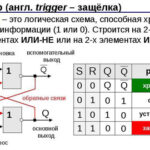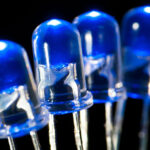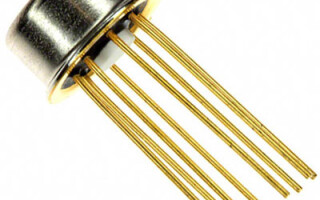It is not known who first came up with the idea of making two or more transistors on a single semiconductor chip. Perhaps this idea arose immediately after the start of production of semiconductor elements. It is known that the theoretical foundations of this approach were published in the early 1950s. It took less than 10 years to overcome technological problems, and already in the early 60s, the first device was released containing several electronic components in one package - a microcircuit (chip). Since that moment, mankind has embarked on the path of improvement, which has no end in sight.
Purpose of microcircuits
In the integrated version, a wide variety of electronic components with varying degrees of integration are currently being performed. From them, as from cubes, you can collect various electronic devices. Thus, the radio receiver circuit can be implemented in various ways. The initial option is to use transistor chips.By connecting their conclusions, you can make a receiving device. The next step is to use individual nodes in an integral design (each in its own body):
- radio frequency amplifier;
- heterodyne;
- mixer;
- audio frequency amplifier.
Finally, the most modern option is the entire receiver in one chip, you just need to add a few external passive elements. Obviously, as the degree of integration increases, the construction of circuits becomes simpler. Even a full-fledged computer can now be implemented on a single chip. Its performance will still be lower than that of conventional computing devices, but with the development of technology, it is possible that this moment will be overcome.
Chip types
Currently, a huge number of types of microcircuits are produced. Virtually any complete electronic assembly, standard or specialized, is available in micro. It is not possible to list and analyze all types within the framework of one review. But in general, according to the functional purpose, microcircuits can be divided into three global categories.
- Digital. Work with discrete signals. Digital levels are applied to the input, signals are also taken from the output in digital form. This class of devices covers the area from simple logic elements to the most modern microprocessors. This also includes programmable logic arrays, memory devices, etc.
- Analog. They work with signals that change according to a continuous law. A typical example of such a microcircuit is an audio frequency amplifier. This class also includes integral linear stabilizers, signal generators, measuring sensors, and much more. The analog category also includes sets of passive elements (resistors, RC circuits, etc.).
- Analog to Digital (Digital to Analog). These microcircuits not only convert discrete data to continuous or vice versa. The original or received signals in the same package can be amplified, converted, modulated, decoded, and the like. Analog-digital sensors are widely used for connecting measuring circuits of various technological processes with computing devices.
Microchips are also divided by type of production:
- semiconductor - performed on a single semiconductor crystal;
- film - passive elements are created on the basis of thick or thin films;
- hybrid - semiconductor active devices “sit down” to passive film elements (transistors etc.).
But for the use of microcircuits, this classification in most cases does not provide special practical information.
Chip packages
To protect the internal contents and to simplify installation, the microcircuits are placed in a case. Initially, most of the chips were produced in a metal shell (round or rectangular) with flexible leads located around the perimeter.
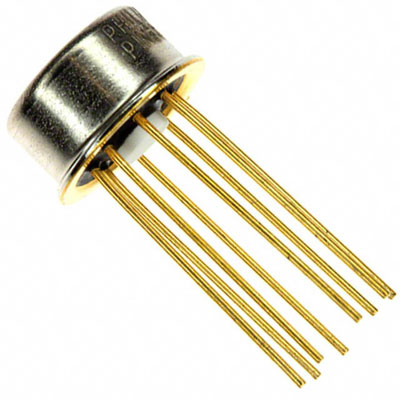
This design did not allow to use all the advantages of miniaturization, since the dimensions of the device were very large compared to the size of the crystal. In addition, the degree of integration was low, which only exacerbated the problem. In the mid-60s, the DIP package was developed (dual in-line package) is a rectangular structure with rigid leads on both sides. The problem of bulky dimensions was not solved, but nevertheless, such a solution made it possible to achieve greater packing density, as well as to simplify the automated assembly of electronic circuits.The number of microcircuit pins in a DIP package ranges from 4 to 64, although packages with more than 40 "legs" are still rare.
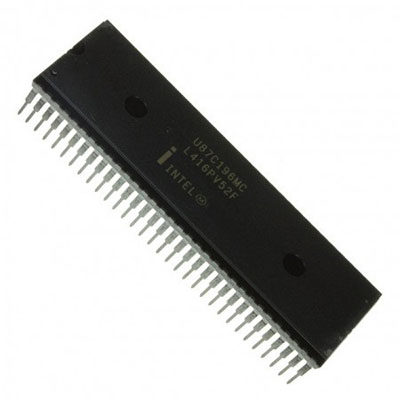
Important! The pin pitch for domestic DIP microcircuits is 2.5 mm, for imported - 2.54 mm (1 line=0.1 inch). Because of this, problems arise with the mutual replacement of complete, it would seem, analogues of Russian and imported production. A slight discrepancy makes it difficult to install devices that are identical in functionality and pinout in the boards and in the panel.
With the development of electronic technology, the disadvantages of DIP packages have become apparent. For microprocessors, the number of pins was not enough, and their further increase required an increase in the dimensions of the case. such microcircuits began to take up too much unused space on the boards. The second problem that has brought the end of the era of DIP dominance is the widespread use of surface mounting. The elements began to be installed not in the holes on the board, but soldered directly to the contact pads. This mounting method turned out to be very rational, so microcircuits were required in packages adapted for surface soldering. And the process of crowding out devices for "hole" mounting began (true hole) elements named as smd (surface-mounted detail).
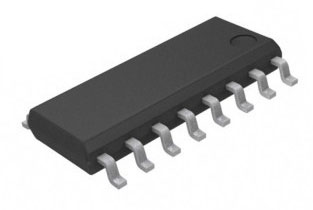
The first step towards the transition to surface mounting steel SOIC packages and their modifications (SOP, HSOP and more). They, like the DIP, have legs arranged in two rows along the long sides, but they are parallel to the bottom plane of the case.
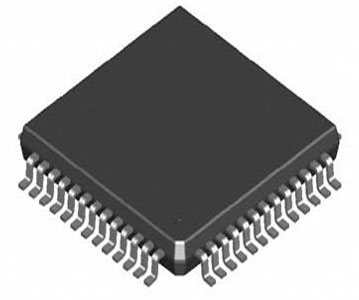
A further development was the QFP package. This square-shaped case has terminals on each side.The PLLC case is similar to it, but it is still closer to the DIP, although the legs are also located around the entire perimeter.
For some time, DIP chips held their positions in the sector of programmable devices (ROM, controllers, PLM), but the spread of in-circuit programming has driven the two-row true-hole packages out of this area as well. Now even those parts, the installation of which into holes seemed to have no alternative, have received SMD-performance - for example, integrated voltage stabilizers, etc.
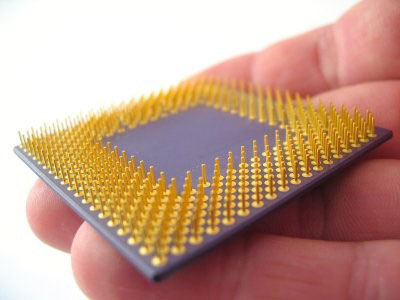
The development of microprocessor cases took a different path. Since the number of pins does not fit around the perimeter of any of the reasonable square sizes, the legs of a large microcircuit are arranged in the form of a matrix (PGA, LGA, etc.).
Benefits of using microchips
The advent of microcircuits has revolutionized the world of electronics (especially in microprocessor technology). Computers on lamps occupying one or more rooms are remembered as a historical curiosity. But a modern processor contains about 20 billion transistors. If we take the area of one transistor in a discrete version to be at least 0.1 sq. cm, then the area occupied by the processor as a whole will have to be at least 200,000 square meters - about 2,000 medium-sized three-room apartments.
You also need to provide space for the memory, sound card, audio card, network adapter, and other peripherals. The cost of mounting such a number of discrete elements would be enormous, and the reliability of operation is unacceptably low. Troubleshooting and repair would take an incredibly long time. It is obvious that the era of personal computers without chips of a high degree of integration would never have come.Also, without modern technologies, devices that require large computing power would not have been created - from household to industrial or scientific
The direction of development of electronics is predetermined for many years to come. This is, first of all, an increase in the degree of integration of microcircuit elements, which is associated with the continuous development of technologies. There is a qualitative leap ahead, when the possibilities of microelectronics will reach the limit, but this is a question of a rather distant future.
Similar articles:

